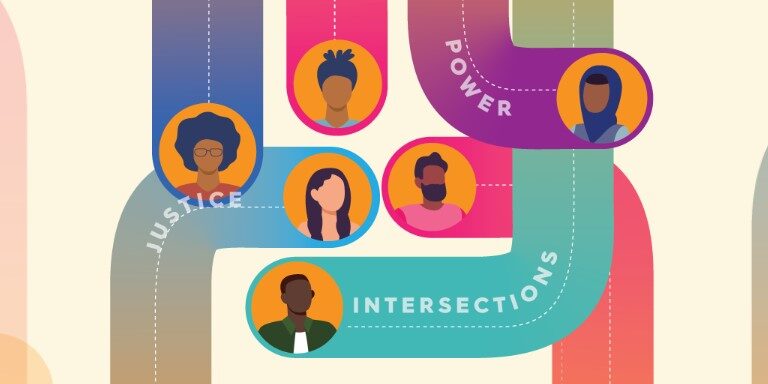
December 2010
Please note: reports dated earlier than June 2020 were published under our previous names: the USC Program for Environmental and Regional Equity (PERE) or the USC Center for the Study of Immigrant Integration (CSII).
While governments have come a long way with environmental protection, gaps in data collection and cumulative impacts persist – and are directly impairing the health of communities. Given the severe and disproportionate health risks in low-income communities, more effective policy and regulation is also needed. The Los Angeles Collaborative for Environmental Health and Justice’s latest report, “Hidden Hazards: A Call to Action for Healthy, Livable Communities,” makes progress toward achieving these goals.
To demonstrate the holes in regulatory agencies’ databases, the Collaboration engaged in “ground truthing.” That is, academic researchers worked with community members to collect data about the proximity of toxic facilities to those people most vulnerable to toxic exposure. Ground-truthing combines local knowledge, community-based data and standardized governmental information to provide a more complete and accurate dataset about toxic pollutants at the local level.
The result: new evidence on the clustering of toxic facilities and elevated air pollution and health risks in six Los Angeles neighborhoods. Not only are there more hazardous sites than regulatory data suggested, but these hazards are located too close to schools, health care facilities and daycare facilities.
In the report, the authors do urge regulatory agencies to enhance data collection but they also get down to practical policy priorities. They put forward an 11-part policy agenda for how local governments can utilize their land use powers to reduce health inequities. The policies fit into a three part framework: preventing further increases in cumulative impacts, mitigating existing hazards, and revitalizing communities by investing in local businesses and green technologies.
The impact of these policies will not be kept within the six neighborhoods profiled – actions we take to make vulnerable communities healthy will transform all of Los Angeles into a more health and livable city and region.



